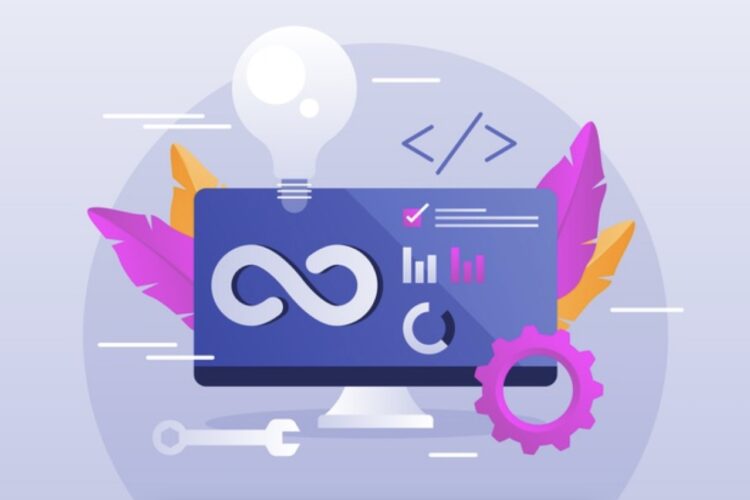
The term MVP, or “Minimum Viable Product,” was coined by Eric Ries in his Lean Startup methodology. According to Ries, an MVP is the simplest version of a new product that allows you to gather maximum validated customer insights with minimal effort.
Put simply, an MVP is the most basic version of your app that still provides value. Even in its simplest form, an MVP should serve a purpose and be useful. Developing an MVP means creating the first version of your product with essential features that are well-executed. This initial version provides enough value for early users and helps validate your idea. By collecting user feedback, you can confirm or disprove assumptions about the product, identify popular features, and decide where to invest resources as you develop the final version.
With 38% of startups failing due to cash flow issues, it’s crucial to manage resources carefully, especially in the early stages. The goal of an MVP is to refine your offering, boost user engagement, and ensure product-market fit from the outset. If you’re looking to grow your product, an MVP is essential for testing, development, and delivery. By developing an MVP, you can prove the viability of your concept without incurring unnecessary costs.
How to Build an MVP
1. Conduct Market Research
Market research is so important that it bears repeating. You can’t create a successful product without understanding your market. It’s not enough to have a great idea—you need to know what the market needs and what your target users are missing. What problem does your product solve? Who else is trying to solve this problem, and how successful are they? Does the user truly have the issue you’re addressing?
At this stage, collect as much reliable data on your target market as possible. Use primary research methods like customer development interviews, surveys, and secondary research like competitor analysis and market reports.
Validate all your assumptions about your target user, both obvious and subtle. Make a list of these assumptions and work to confirm or refute them with data.
2. Define Value Proposition
Ask yourself: What does your product offer that users don’t already have? What benefits does your solution provide, and why will users choose to pay for it? Answering these questions will help you develop your MVP’s value proposition.
Of course, once your MVP launches, you’ll gather more insights on its real-world use, which will help refine your value proposition. But for now, focus on the unique benefits your product offers based on available data.
3. Create User Flow
Think about how users will interact with your app. What steps will they take to access different features? What do they need to know or do to get the most out of the app?
User Flow Mapping will help answer these questions. It’s a schematic that shows the screens and buttons users interact with as they move from point A to point B. It visualizes the path a user takes within the app, from registration to achieving their goal. This map is critical for the next step—prioritizing features. It helps clarify which features are essential and which are secondary.
4. Prioritize MVP Features
When searching for housing, you’re often advised to list “wants and needs.” The same principle applies here.
Which features are essential to showcase your app’s value right away? If your goal is to attract and retain early users (especially if seeking venture capital), focus on the most critical features.
List and rank features by priority—high, medium, and low. Then match these priorities with your budget and timeline. This gives you a clear development roadmap for your MVP.
5. Launch MVP and Collect Feedback
It’s time to launch your MVP! But this is just the beginning. Your MVP must be functional and meet user needs as planned—don’t compromise quality due to a limited feature set.
Start gathering as much data and feedback as possible from real users. In-app surveys are a good starting point, but it’s equally important to analyze user behavior, task completion times, task success rates, and overall engagement.
6. Iterate and Improve
Once your MVP is launched and analytics are in place, you’re ready for the next iteration. Assess user feedback to determine if deferred features should be added or if the product’s direction needs adjustment. The goal is to learn from what you’ve built, refine the user experience, and move toward achieving product-market fit.




